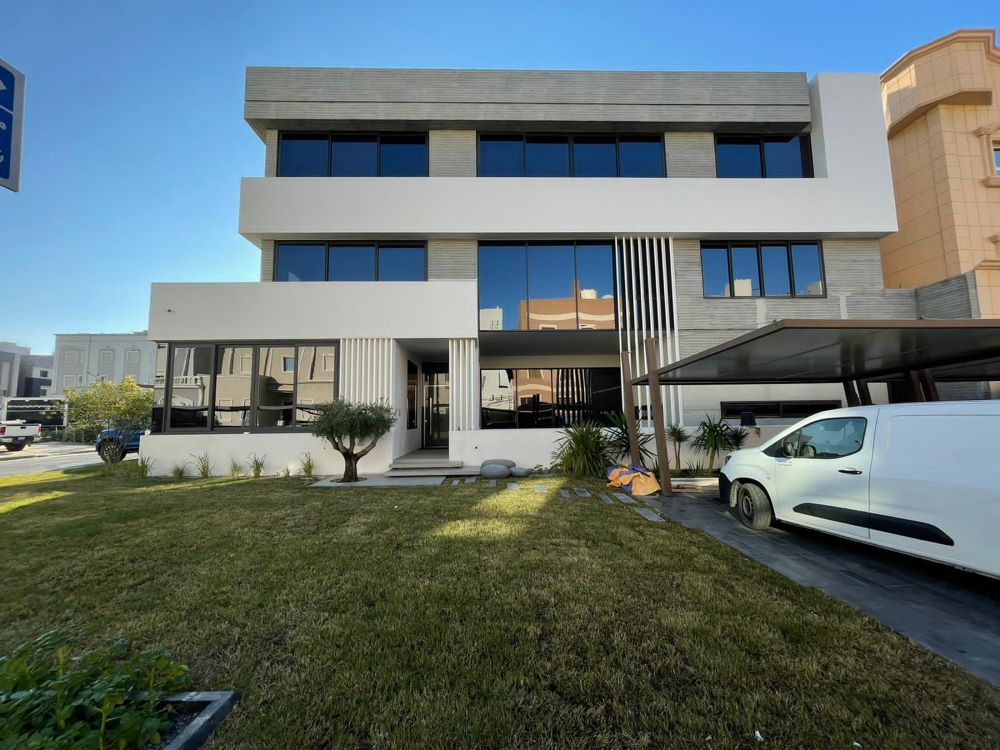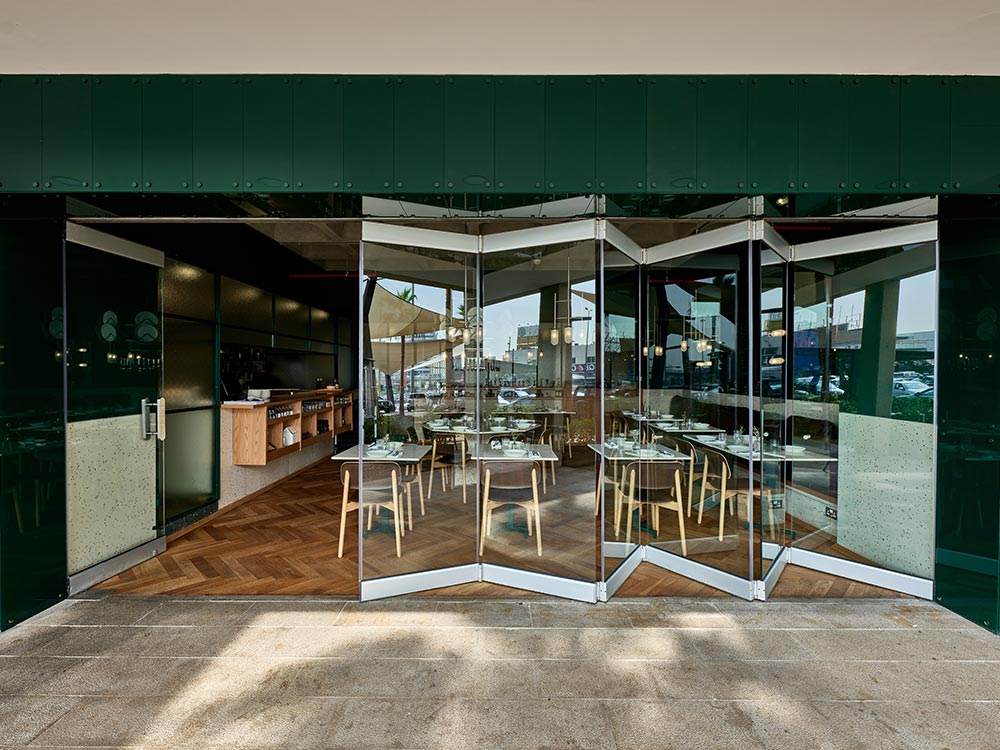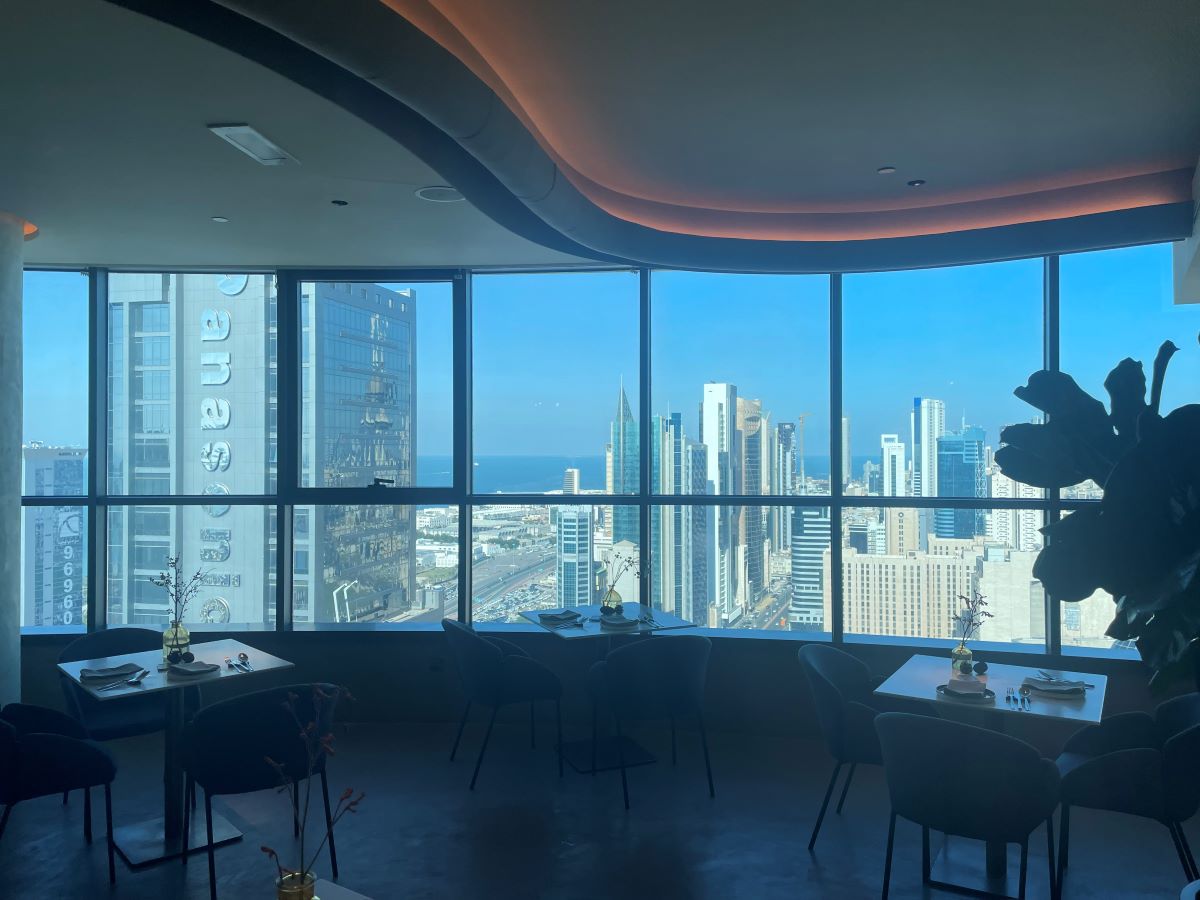The cities we inhabit today are changing at an ever faster pace. More and more, and for sound economic reason, architects are electing for a modern, sleek direction in their styles. Within this pattern, however, there lies a controversial phenomenon: urban landscapes around the world increasingly resemble one another. Still, the remnants of the cities of yesterday linger in the shadows of today’s towering sentinels of steel and glass. As such, architectural preservation has emerged as a means to hold onto the cultural legacies they represent. So why is it so important to invest in architectural preservation?
Historical and Cultural Significance
Historic structures often retain the spirit of significant periods or events in a community's history. By preserving these structures, those communities can better maintain tangible connections to their cultural heritage. Often, they serve as important landmarks and gathering places for groups that benefit from a strengthened sense of identity and collective pride when these sites are maintained through time.
Architectural and Artistic Value
Many historic buildings stand as testaments to bygone architectural and artistic approaches, reflecting significant achievements in design and construction. By preserving these buildings, communities can better appreciate, learn from, and pass on their legacies to future generations.
Economic Opportunity
Historic buildings and structures can also offer economic value, both as tourist attractions and as community assets that contribute to property values and quality of life. Preservation efforts can help revitalize historic neighborhoods, attract businesses and tourism, and support economic development.

Architectural preservation can include a variety of approaches, such as repairing or replacing deteriorating materials, improving structural stability, and restoring missing elements. This sometimes requires reconstruction based on historical documentation and research, using outdated building methods for enhanced authenticity. When it comes to specific materials, the list is long. Depending on the particular needs of a project, they might include:
-
Stabilizers:
materials used to strengthen glass and render surfaces water-resistant. Calcium carbonate or calcine limestone could be one of the materials used for this cause.
-
Consolidants:
chemicals that strengthen and consolidate deteriorating masonry, such as brick or stone. They work by penetrating the material's surface and bonding with the underlying structure, helping prevent further decay.
-
Biocides:
chemicals used to prevent the growth of mold, algae, and other microorganisms on building surfaces. They can be applied to both the interiors and exteriors to prevent the spread of harmful fungi and bacteria.
-
Rust converters:
chemicals that convert rust into a stable, non-corrosive substance. They are commonly used on metal surfaces, such as iron and steel, to prevent further corrosion and decay.
-
Water repellents:
chemicals that protect masonry and other porous materials from water damage. They create a barrier on the material's surface that repels water and prevents moisture from seeping into the underlying structure.
-
Paint strippers:
chemicals used to remove layers of paint and other coatings from historic surfaces without damaging the underlying material. They are often used in restoration projects to reveal the original appearance of a structure.

It's important to consider that many of these chemicals pose serious risks to human health and the environment and, as such, should only be used by trained professionals following proper safety protocols. Beyond this, the use of chemicals in architectural preservation should always be approached with caution on account of the structural damage they can cause to a site if not used appropriately.
Ritec solutions products, on the other hand, are sustainable, environment-friendly, and toxin-free. They perform exceedingly well as architectural preservatives without the all-too-common adverse side effects. Ritecoat is Ritec’s sustainable version of surface preservatives. Like all Ritec solutions, Ritecoat can protect and revive surfaces while reducing overall maintenance costs. Just as Ritec’s wide array of products can help to create a brighter, clearer future for cities’ many surfaces and buildings, they can also help to preserve our past with lasting shine.


